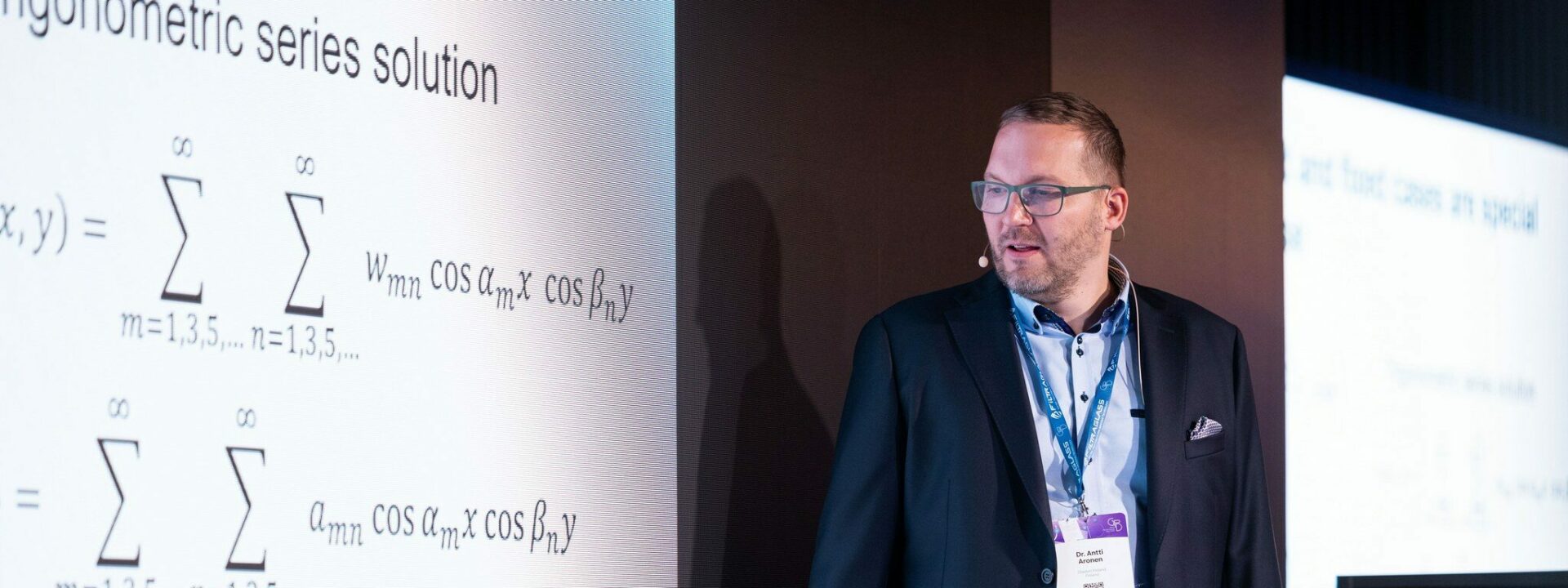
Achieving efficient tempering without compromising on quality is a challenge in the dynamic landscape of glass manufacturing with its multitude of glass sizes, coatings and paints. For years, operators have been the ones responsible for selecting the best recipe from a vast array of options. Yet, as technology advances, can human expertise match the efficacy of machine learning and AI-driven solutions? The latest developments allow us to shift process control from manual settings to precise specifications. In this article, we explore the transformative potential of automated glass tempering.
Tempered glass production is not just about making good-quality glass. The process involves meeting a host of essential requirements driven by regional or factory standards, factory targets or end-user demands. These might include achieving a high production rate, increasing yield, minimizing anisotropy levels, reducing deformations or much more.
Operators may find it extremely difficult to strike a perfect balance between all of these targets. Moreover, how they choose to achieve this is completely up to them and can vary significantly.
There are numerous ways to run the process. For optimal quality, different loading profiles and sizes need different settings. From tens of various parameters available in the user interface, the operator alone chooses the settings. And almost always, this choice is based on experience rather than science.
Especially today, it is increasingly difficult to hire and keep talented operators. As a result, they often become the limiting factor for machine performance. Almost without exception, a machine has the potential to produce higher quality with greater capacity.
In addition, decision-making is based on different human logic across the separate shifts. If more than one operator operates the line, this can lead to process inconsistencies. Without using the same processing rules consistently, uniform quality is next to impossible to achieve.
Automating the tempering process can solve these challenges. A centralized process model known as the Tempering Process Autopilot has been developed for control.
This automation-based model provides a platform for adjusting the process to take into consideration any desired product specifications and factory requirements. Basically, it makes the tempering machine responsible for recommending the loading pattern and setting process parameters to meet the targets.
In essence, Autopilot minimizes the operator’s role in glass tempering. It applies consistent tempering rules and maintains repeatability, regardless of the operator in charge of the process.
The more collective process measurements there are, the higher the overall level of automation. Autopilot helps to adjust tempering parameters more accurately, depending on the internal and external variables.
The benefits of automating the glass tempering process are evident: more streamlined, efficient and consistent production.
Still, Autopilot does not eliminate the operator completely. While it does minimize the human role in processing conventional glass products, operators can focus instead on more complex tempering processes, taking new products into production.
After all, it’s the cutting-edge synergy between human ingenuity and technological power that propels the industry forward.
For more information on this disruptive technology, be sure to check out this presentation first shared at GPD 2023.
Sign up for Glastory newsletter
We answer your questions about glass processing. Let us know your challenges and we promise to do our best to help you.
Comments are closed.